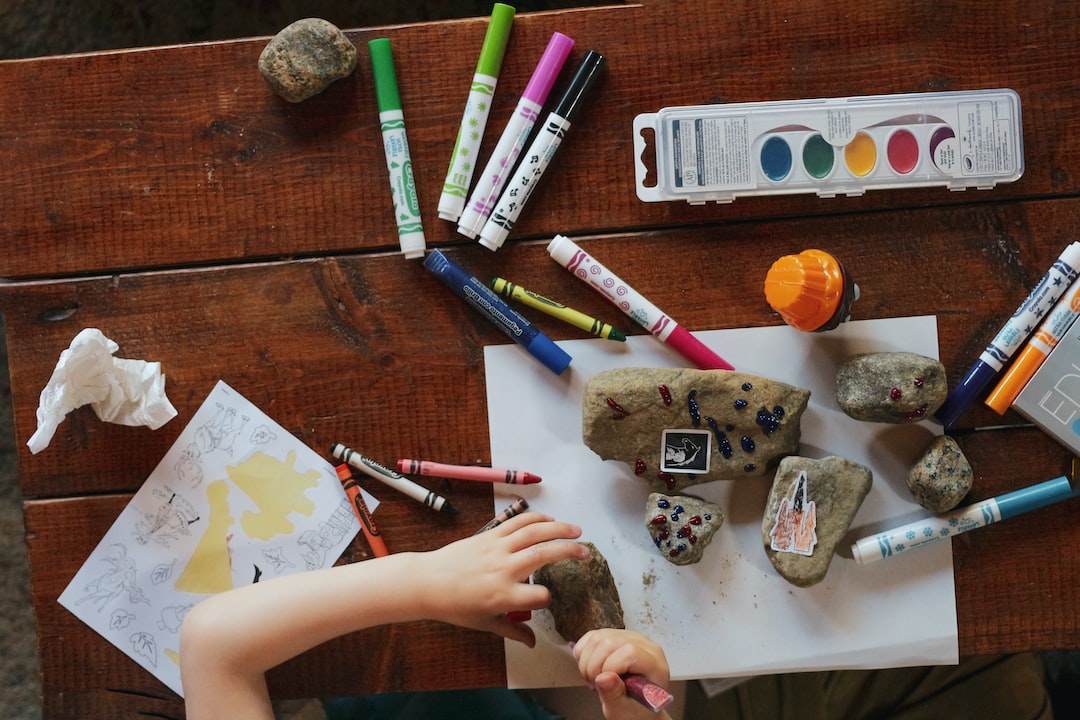Art and Cultural Identity: How Artists Express their Heritage through Creativity
Art has always been a powerful tool for self-expression and reflection of the society in which it is created. Through their unique perspectives, artists have the ability to capture important aspects of their own cultural identity, preserving their heritage and allowing others to gain a deeper understanding of their traditions and values.
In today’s globalized world, where cultural boundaries are constantly shifting, artists play a crucial role in preserving and celebrating diverse cultural identities. Whether it is through painting, sculpture, dance, or poetry, artists use their creativity to convey their personal stories, connecting past, present, and future generations.
One way in which artists express their cultural identity is through the embodiment of traditional art forms. These art forms are not merely the products of creativity, but serve as powerful symbols of cultural heritage. By mastering and incorporating traditional techniques and styles into their works, artists pay homage to their roots and preserve the customs and traditions passed down through generations.
For instance, Japanese woodblock printing, known as “ukiyo-e,” is an art form that has been practiced for centuries. By using a unique method of carving and printing onto woodblocks, artists create intricate and vibrant prints that depict scenes from everyday life in Japan. Through their meticulous craftsmanship and attention to detail, these artists not only capture the aesthetics of their cultural heritage but also convey the values and beliefs inherent in Japanese society.
Furthermore, artists often draw inspiration from historical events and figures that have shaped their cultural identity. By revisiting these significant moments through their creative lens, they explore the complexities and emotions associated with their heritage. This not only allows artists to reflect on their own identity but also encourages others to engage with their cultural history.
For example, Mexican artist Frida Kahlo is renowned for her self-portraits that depict her physical and emotional pain, as well as her connection to Mexican culture. Through her artwork, Kahlo explores themes of identity, gender, and nationalism, drawing from her own experiences as a woman of mixed heritage during a politically tumultuous period in Mexico’s history. Her works serve as a reflection of her cultural identity and a commentary on society, inspiring viewers to connect with their own heritage and appreciate the diversity that exists within it.
In addition to embodying traditional art forms and drawing from historical events, artists also use their creativity to challenge societal norms and redefine cultural identity. By pushing boundaries and experimenting with different mediums and techniques, they encourage dialogue and spark discussions about the fluid nature of culture.
Street art, for instance, is a form of art that has gained global recognition for its ability to challenge authority and express cultural identity in public spaces. Artists use walls and buildings as their canvas to depict messages of resistance, cultural pride, and social change. In doing so, they reclaim public spaces and give a voice to marginalized communities, ultimately redefining cultural identity within the modern context.
In conclusion, artists have a unique ability to express their cultural identity through their creativity. Through their artwork, they embody traditional art forms, draw inspiration from historical events, and challenge societal norms, thereby preserving and redefining cultural heritage. By engaging with the work of artists from different cultural backgrounds, we not only gain a deeper understanding of their heritage but also foster a greater appreciation for the richness and diversity of our own cultural identities.

